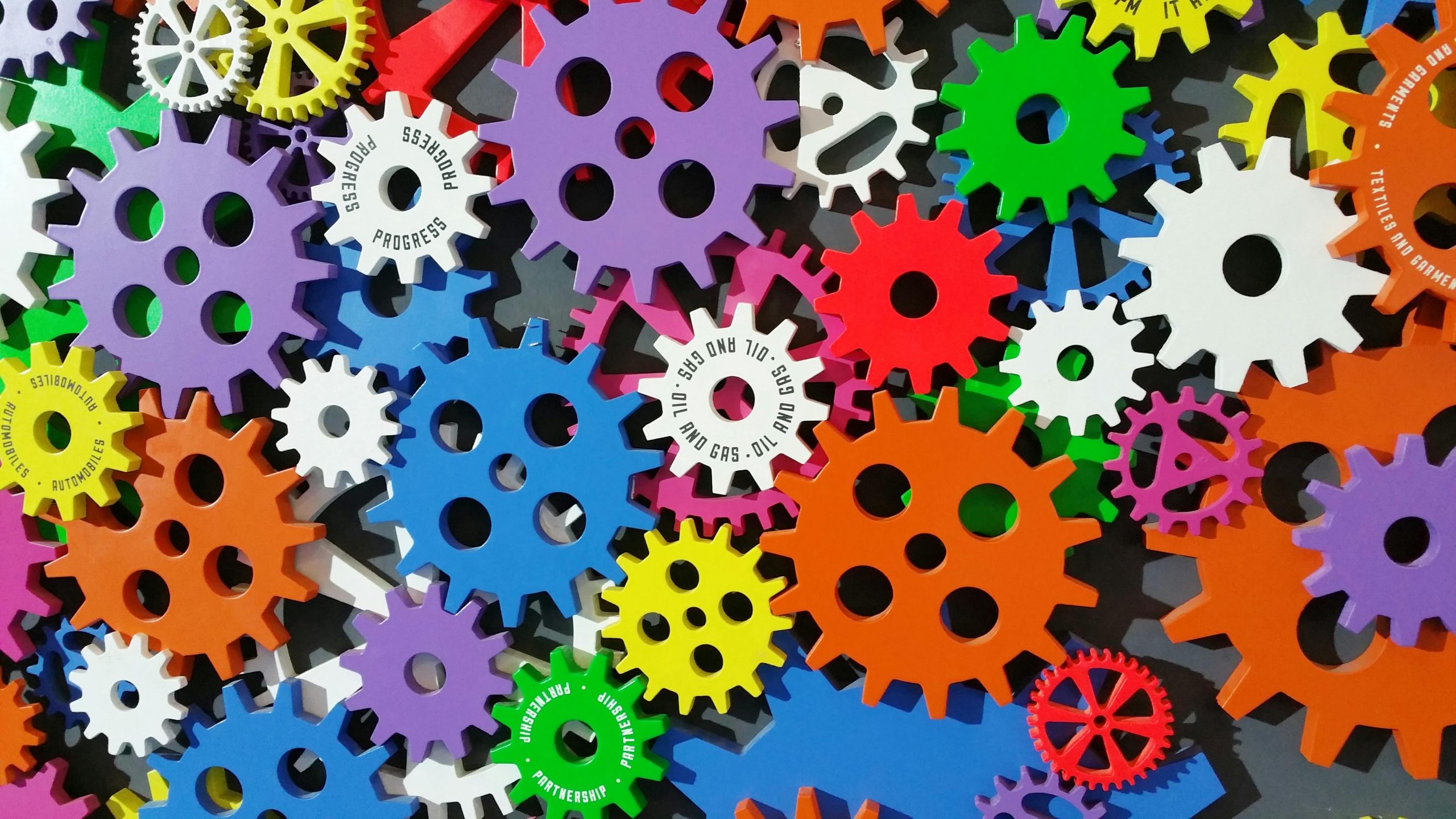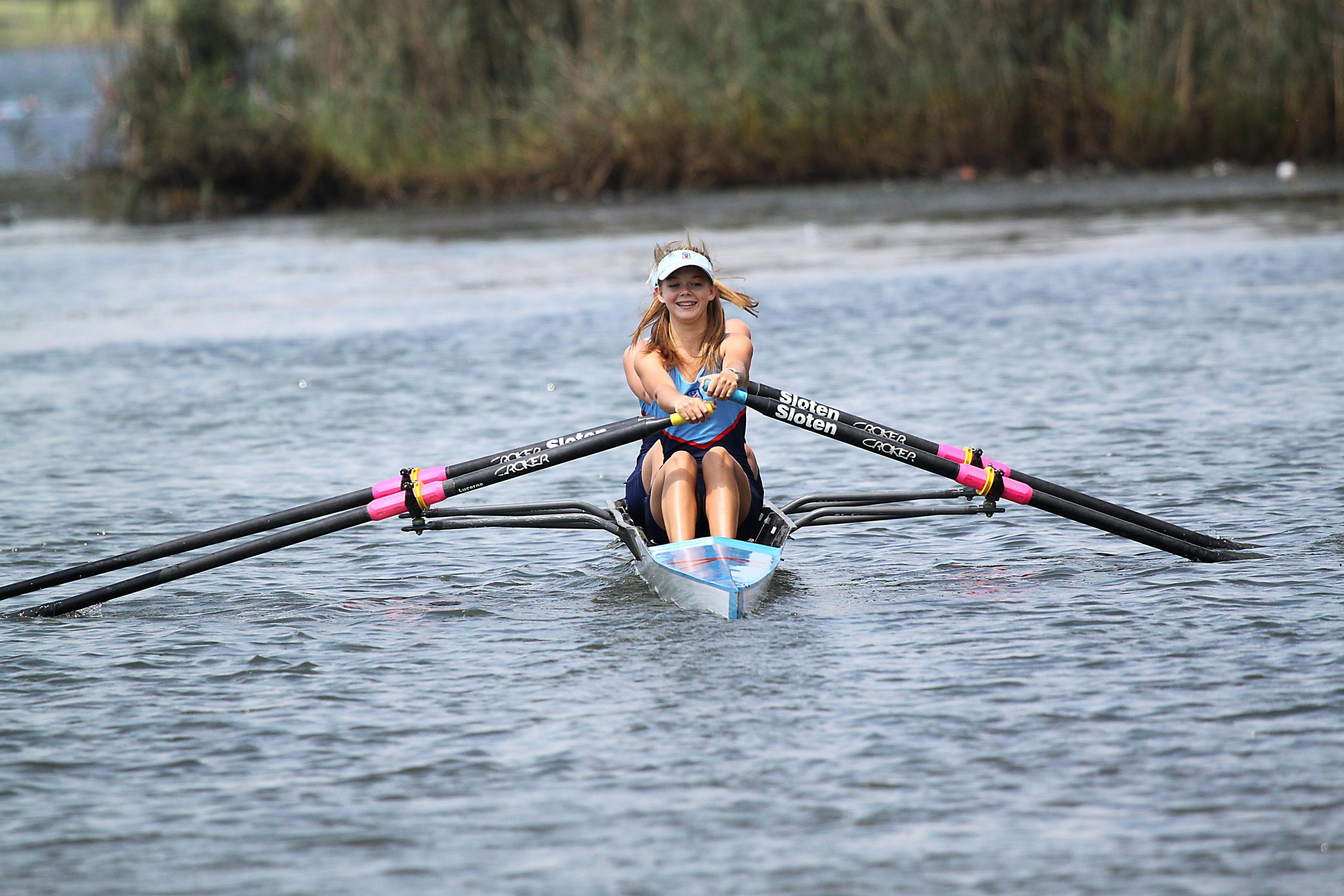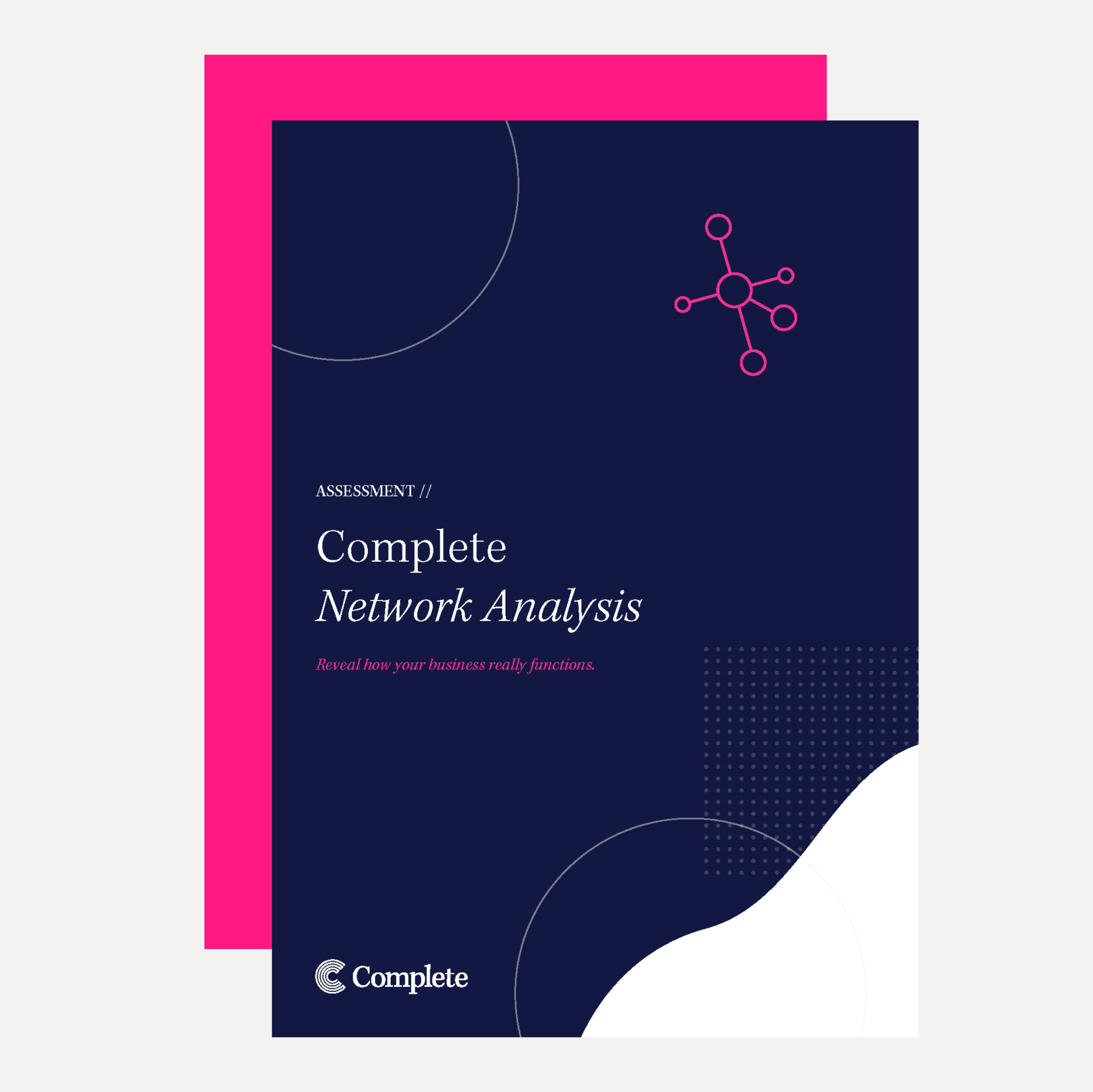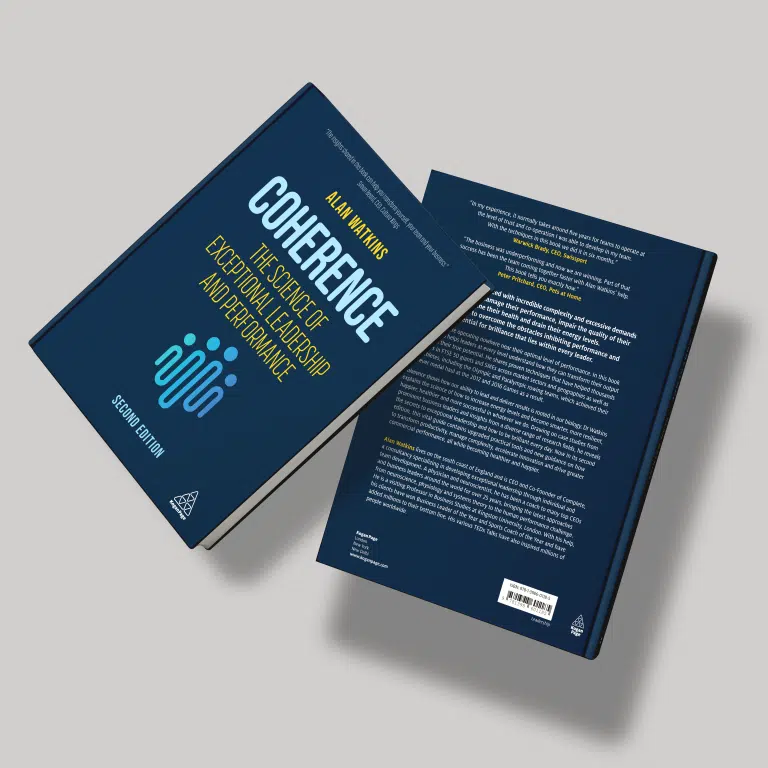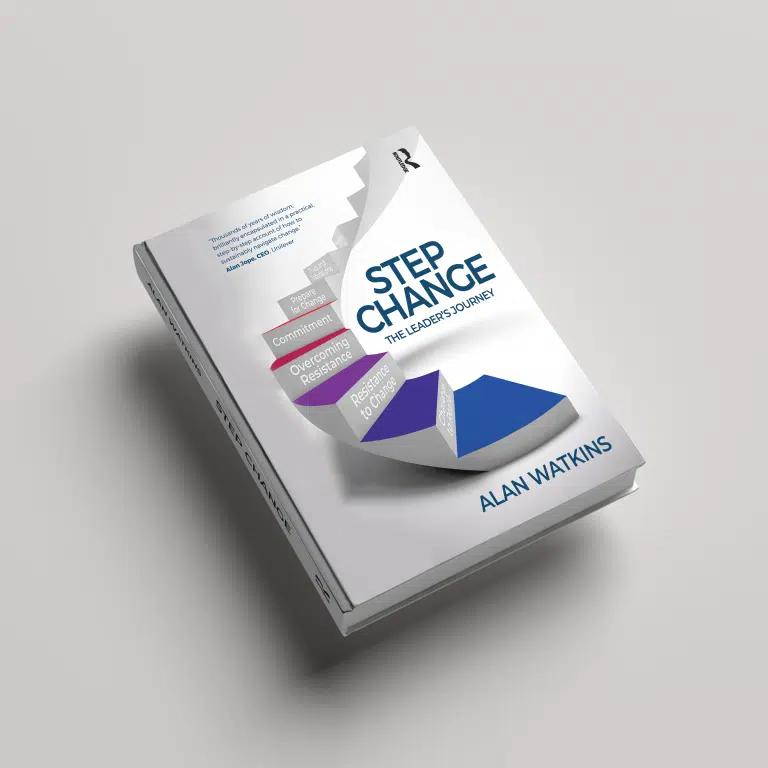What is a team journey and why does it work?
Complete runs Team Journeys for many major organisations and you can read case studies of the performance impact for both senior teams and the whole organisation, but this week we take a step back to find out what exactly a team journey is.
To answer this fundamental question, who better than one of Complete’s foremost team journey experts, Alan Littlefield.
What exactly is a Complete Team Journey?
It’s a way of accelerating the development of a team to unlock levels of performance that the team didn’t even know existed. It goes further than the traditional ‘forming, storming, norming, and performing’ model of team development. There are several stages of high performance to unleash beyond that if you have the right coach to guide the team.
What teams are best suited for a Complete Team Journey?
Theoretically it could be any team, but typically we work with more senior leadership teams. A Team Journey will address each team’s unique challenges and development needs. But fundamentally, wherever a team needs to become more interdependent, then a Team Journey will enable them to become more individually and collectively successful.
What kinds of things are you typically trying to fix in a team journey?
One of the biggest challenges for teams is the quality of their team conversation. It may not sound significant, but it is critical. Team’s need to develop the ability to have healthy disagreements and get everything out on the table without falling out with each other, which is a factor for team development that we call “entropy”. Teams also need to develop the ability to agree on a shared answer that everyone has bought into, which we call “coherence”. A truly effective team can balance the yin-yang of these two factors to explore lots of ideas and then align on the right one.
We often work with teams who do not realise that they depend on each other and this ‘silo mentality’ will be part of what is holding them back. They may come together once a month to report in on their functional area and have little interest in what other team members are doing, they just run through their update. A team that works this way is losing out on the value that a collaborative high-performing team can achieve.
What makes a Complete Team Journey go well?
This may not be a surprise, but sponsorship by the leader of the team is really important, along with a commitment from the HR lead too. We really need both to be on board and typically we partner with them to design and tailor the approach to the needs of their team.
Secondly, precision of diagnosis at the start is paramount. We need to understand the current level of development and challenges of the team. Then we can map a development journey and focus the activity on the areas that really need to change.
Finally, a Team Journey requires commitment. This is not about a once-a-year away day. You just won’t properly develop the team with that level of commitment. Instead, we recommend a commitment for eight days a year focused on the development of the team.
What kind of impact or transformation could a team expect from going through a Team Journey?
One of the first things we see in teams we work with is a dramatic increase in the speed at which they can reach decisions or answers to challenges that everyone can get behind. Aligning quickly on an answer that incorporates all perspectives is massively beneficial for team performance.
We also see much greater clarity on who’s doing what and who’s making decisions. This kind of understanding creates the solid skeleton of how the team decides and who decides what. It often takes some effort to establish that clear structural framework, but once you have it, it speeds up everything else the team does.
Finally, I would highlight a clear compelling vision as a key output from a Team Journey. We often find that teams might have a strategic plan and are very clear on the numbers they need to achieve, but they can struggle to articulate that inspiring picture of the future for their people to aim for. When you can create clarity about where you’re trying to get to, everyone gets fired up and they fire up others in their team or division too.
What’s different about Team Journeys in a Covid world?
We’re delivering Team Journeys virtually at the moment, but what’s also changed is the rhythm of our interactions with teams, and this has been a benefit in many ways. Rather than working two days per quarter in person, we’re having shorter, more regular virtual interactions and we’re finding that this often creates a greater momentum for progress.
This adjusted way of working is enabling the learning to be embedded in daily practices much quicker. In turn, this is driving an actual change in the business at an earlier stage than we might otherwise see. We might miss the in-person time, but the shorter, more regular interactions certainly have their benefits.
To find out more about whether a Team Journey could benefit your senior teams, contact Alan Littlefield.

